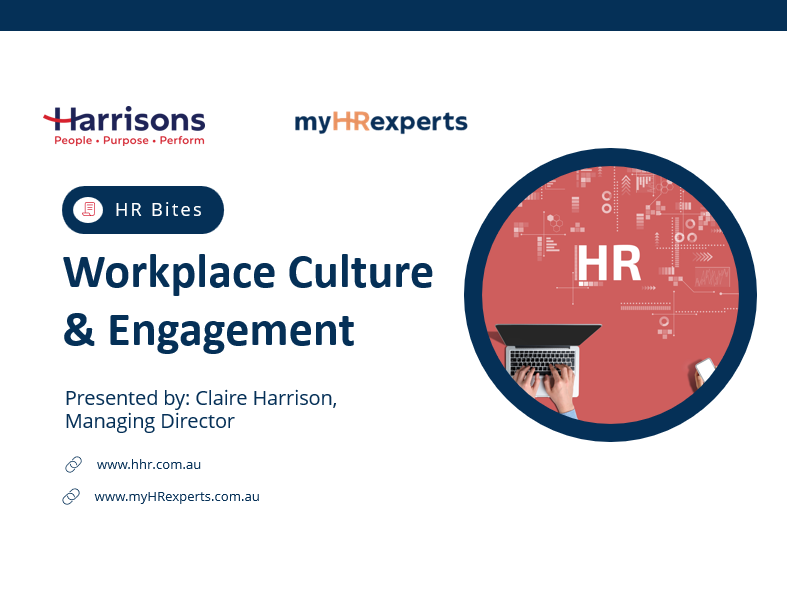Employee turnover poses significant challenges for organisations across all industries and impacts productivity, morale, and overall success. In this article, we will explore effective techniques to minimise employee turnover and improve employee retention. By implementing these strategies, organisations can create a thriving work environment and retain top talent within their organisations.
- How big is the problem?
Employee turnover comes with various costs that can significantly impact an organisation’s finances and operations. Firstly, there are recruitment costs associated with advertising job vacancies, conducting interviews, and onboarding new employees. These expenses can quickly accumulate, especially for specialised roles or in competitive job markets.
Furthermore, the training and development investments made on departing employees are lost when they leave. The time and resources spent on upskilling individuals who subsequently depart can be detrimental to an organisation’s productivity and growth.
A recent study showed that a Company with 1000 employees with 10% annual turnover, average salary of $100K plus super, based on new hires costing 1/3 of salary (direct and indirect) on average, equates to an annual turnover cost of over $3.7M! From PwC’s rough gauge, each turnover’s cost is anywhere from a departing employee’s annual salary to 2.5 times its equivalent. Hiring the wrong people is a costly, and potentially fatal mistake for your organisation.
A good place to start is to calculate your turnover rate and the cost of turnover to your business. This will support you in making retention-focused investment decisions.
- What is the Root Cause of the problem?
Several factors contribute to employee turnover, and it is crucial for organisations to identify and address them proactively. One significant factor is employee disengagement. When employees do not feel connected to their work or do not see opportunities for growth, they are more likely to seek employment elsewhere.
Limited growth opportunities within an organisation can lead to a lack of career advancement, prompting employees to explore opportunities elsewhere. Similarly, poor management practices, such as inadequate feedback, lack of recognition, and ineffective leadership, can contribute to employees feeling undervalued and dissatisfied.
Work-life imbalance is another factor that plays a significant role in turnover. When employees experience excessive work demands without adequate support or flexibility, it can negatively impact their well-being and personal lives, leading to burnout and a desire to find a better work-life balance elsewhere.
But every person and business is different, it is important to take steps to understand the root cause of turnover for your business. All businesses should complete exit interviews with their leavers, irrespective of how confident you are about the reasons. Exit interviews should be conducted on the employee’s last day or shortly after they’ve left and should never be conducted by the employee’s line manager. This can also be done as a retrospective activity if you do not currently have a process in place.
Harrisons, on your behalf, can reach out to your leavers in the last 12 months to identify the root cause.
- How do I address the Root Cause of the problem?
If your business is anything like the workplace of the 4,800 people who were interviewed for Seek’s 2023 survey on why people are quitting, you might find one of the following four themes:
- More money.
- Career progression.
- Burnout or lack of work-life balance.
- Poor leadership or culture in their current workplace.
- 1 Employees leaving for “more money”
- Don’t break the bank: Calculate the cost of replacing the person against what they’re asking for to understand if it is commercially viable.
- Conduct market research: Evaluate the salary ranges offered by competitors and industry benchmarks to ensure your compensation packages are competitive.
- Review your salary structure: Assess whether adjustments can be made to provide fair and competitive salaries based on job roles, responsibilities, and performance.
- Consider performance-based incentives: Implement a performance-based rewards system that allows employees to earn additional compensation based on their achievements and contributions.
- Provide non-monetary benefits: Consider offering additional perks such as flexible work arrangements, health benefits, professional development opportunities, or employee assistance programs to enhance the overall compensation package.
3.2 Employees leaving for “career progression”
- Establish a career development framework: Create a clear path for career growth within the business, including job levels, promotion criteria, and skills development opportunities.
- Offer training and learning programs: Provide employees with access to training sessions, workshops, and mentorship programs to enhance their skills and competencies.
- Encourage internal promotions: Prioritise internal promotions by considering internal candidates for job openings before looking externally. This helps employees see a future and growth potential within the organisation.
- Individual development plans: Support employees in creating individual development plans that outline their career goals and the steps needed to achieve them. Regularly review and provide guidance on their progress.
3.3 Employees leaving for “Burnout or lack of work-life balance”
- Burnout is the new smoking: It used to be acceptable and encouraged to wear your burnout like a badge of honour, talking about how many hours you worked or how many calls you took on the weekend. It isn’t cool anymore. Promote a healthy work culture: Encourage work-life balance by setting clear expectations around working hours, breaks, and time off. Lead by example by taking breaks and vacations and avoiding a “workaholic” culture.
- Flexible work arrangements: Provide options for flexible schedules, remote work, or compressed workweeks to accommodate personal commitments and promote work-life balance.
- Manage workloads effectively: Regularly assess workloads and distribute tasks equitably to prevent employees from feeling overwhelmed. Encourage open communication about workload challenges and provide support or resources where needed.
- Employee well-being programs: Implement initiatives to support employee well-being, such as wellness programs, stress management workshops, and access to mental health resources.
3.4 Employees leaving for better “Leadership or Culture”
- Leadership development programs: Your technical subject matter experts (SMEs) are almost certainly not leadership SMEs – but they could be! Provide training and development opportunities for managers and leaders to enhance their skills in areas such as communication, emotional intelligence, and conflict resolution.
- Foster open communication: Create a culture of open and transparent communication, where employees feel comfortable expressing their opinions, concerns, and ideas.
- Lead by example: Encourage leaders to exemplify the desired behaviours and values of the organisation. Hold leaders accountable for their actions and ensure they are demonstrating effective leadership practices.
- Regular feedback and performance evaluations: Implement a structured feedback system where employees receive regular evaluations and have opportunities to provide feedback on their managers’ leadership style. Address any concerns or issues promptly and transparently.
Contact Harrisons for a discussion around your employee turnover and what steps can be taken to identify the causes, and ultimately reduce turnover – and associated costs.

Kelly is a motivated HR professional with a passion for strategy and innovation. Kelly has extensive HR management experience in leadership positions, as well as experience in an operational leadership role in the financial services industry which strengthened her commercial acumen and operational excellence, enabling her to align organisational human resource needs to commercial objectives. Kelly has experience across various industries including hospitality, finance and aged care, and excels in developing strategies to align to business outcomes, creating efficiencies and innovation, leading teams, coaching and influencing and stakeholder management.




